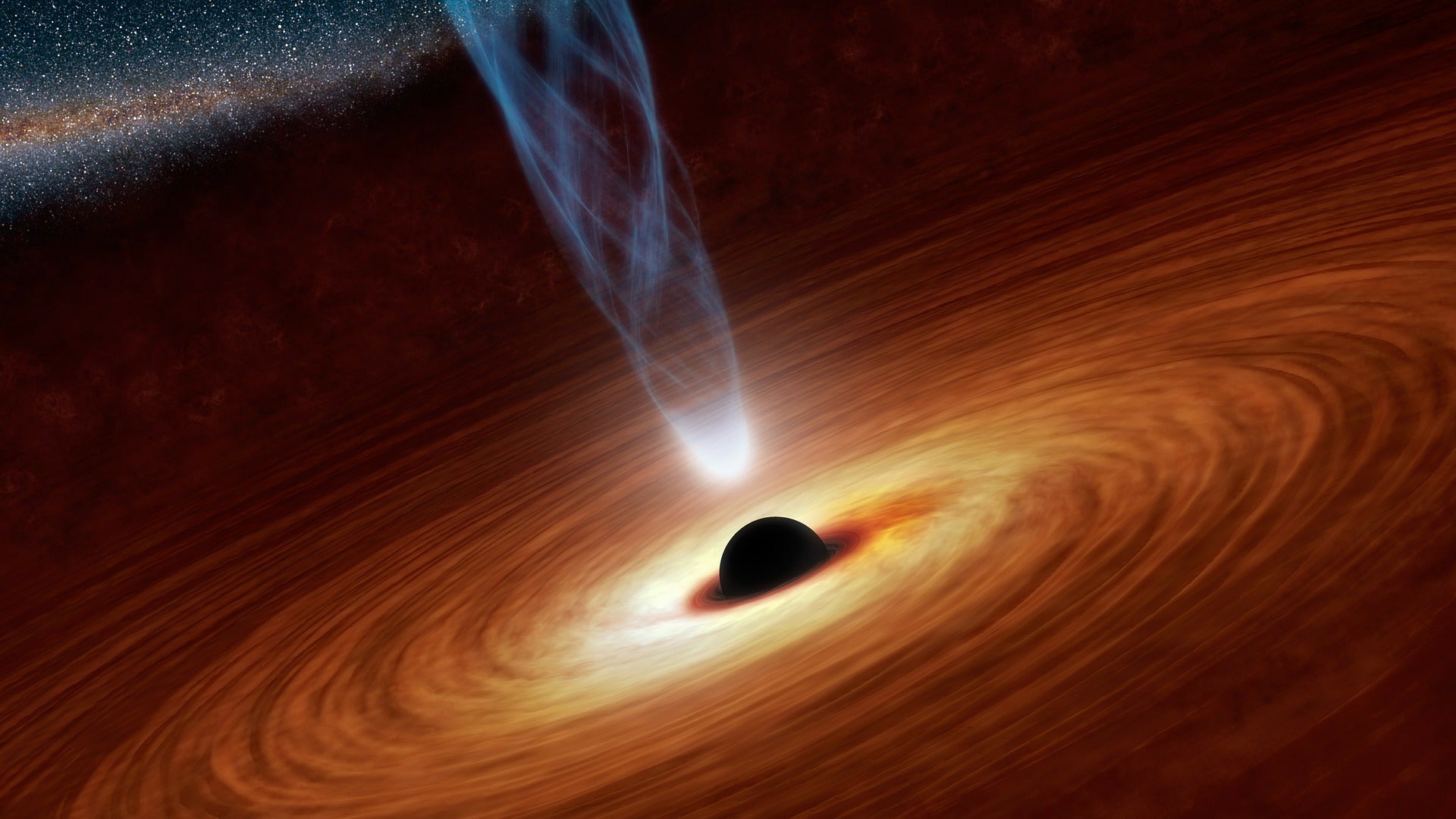Scientists discover ‘mini’ black hole hiding in tiny galaxy
‘Black holes like this are notoriously hard to find’, Dartmouth College’s Jack Parker said

Your support helps us to tell the story
From reproductive rights to climate change to Big Tech, The Independent is on the ground when the story is developing. Whether it's investigating the financials of Elon Musk's pro-Trump PAC or producing our latest documentary, 'The A Word', which shines a light on the American women fighting for reproductive rights, we know how important it is to parse out the facts from the messaging.
At such a critical moment in US history, we need reporters on the ground. Your donation allows us to keep sending journalists to speak to both sides of the story.
The Independent is trusted by Americans across the entire political spectrum. And unlike many other quality news outlets, we choose not to lock Americans out of our reporting and analysis with paywalls. We believe quality journalism should be available to everyone, paid for by those who can afford it.
Your support makes all the difference.Scientists have discovered a “mini” black hole in a small galaxy around 110 million light years away.
The black hole has a mass approximately 200,000 times that of the Sun, and is buried in the Mrk 462 galaxy.
Mrk 462 contains only several hundred million stars, compared to the hundred billion of our own Milky Way galaxy, and the miniature black hole located in it is only one of a handful ever found.
"This black hole in Mrk 462 is among the smallest of the supermassive, or monster, black holes," said Jack Parker of Dartmouth College in New Hampshire. "Black holes like this are notoriously hard to find."
In larger galaxies astronomers often find black holes by looking for the rapid motions of stars in the centres of galaxies, but dwarf galaxies are too small and dim for that to be effective.
Instead, astronomers search for the signatures of growing black holes - such as gas being heated up to millions of degrees and glowing x-rays.
Eight dwarf galaxies had found hints of black hole growth, but only Mrk 462 had the x-ray signature of a growing black hole.
The unusually large intensity of high energy X-rays compared to low energy X-rays, along with comparisons to data at other wavelengths, indicates that the Mrk 462 black hole is heavily obscured by gas.
"Because buried black holes are even harder to detect than exposed ones, finding this example might mean there are a lot more dwarf galaxies out there with similar black holes," said Ryan Hickox, who also conducted the study.
"This is important because it could help address a major question in astrophysics: How did black holes get so big so early in the universe?"
Black holes grow rapidly, but it is not yet clear how they have managed to accumulate such a high mass so quickly after the Big Bang. One explanation is that the early universe was seeded with black holes containing tens of thousands of solar masses when they were created — perhaps from the collapse of gigantic clouds of gas and dust.
A large fraction of dwarf galaxies with supermassive black holes suggests that small black hole seeds from the earliest generation of stars grew astonishingly quickly to form the billion solar mass objects in the early universe.
"We can’t make strong conclusions from one example, but this result should encourage much more extensive searches for buried black holes in dwarf galaxies," said Parker. "We’re excited about what we might learn."
Join our commenting forum
Join thought-provoking conversations, follow other Independent readers and see their replies
Comments